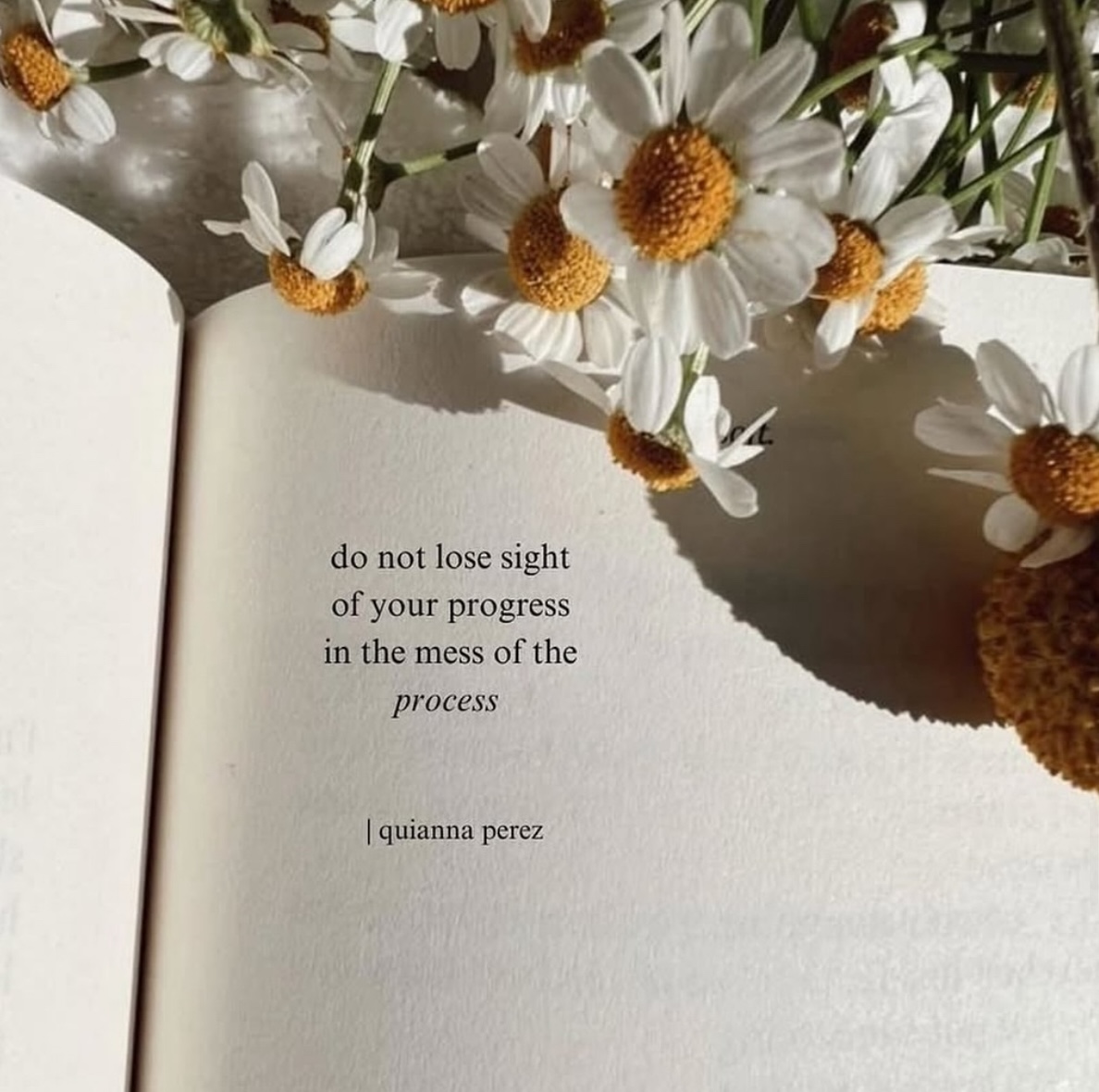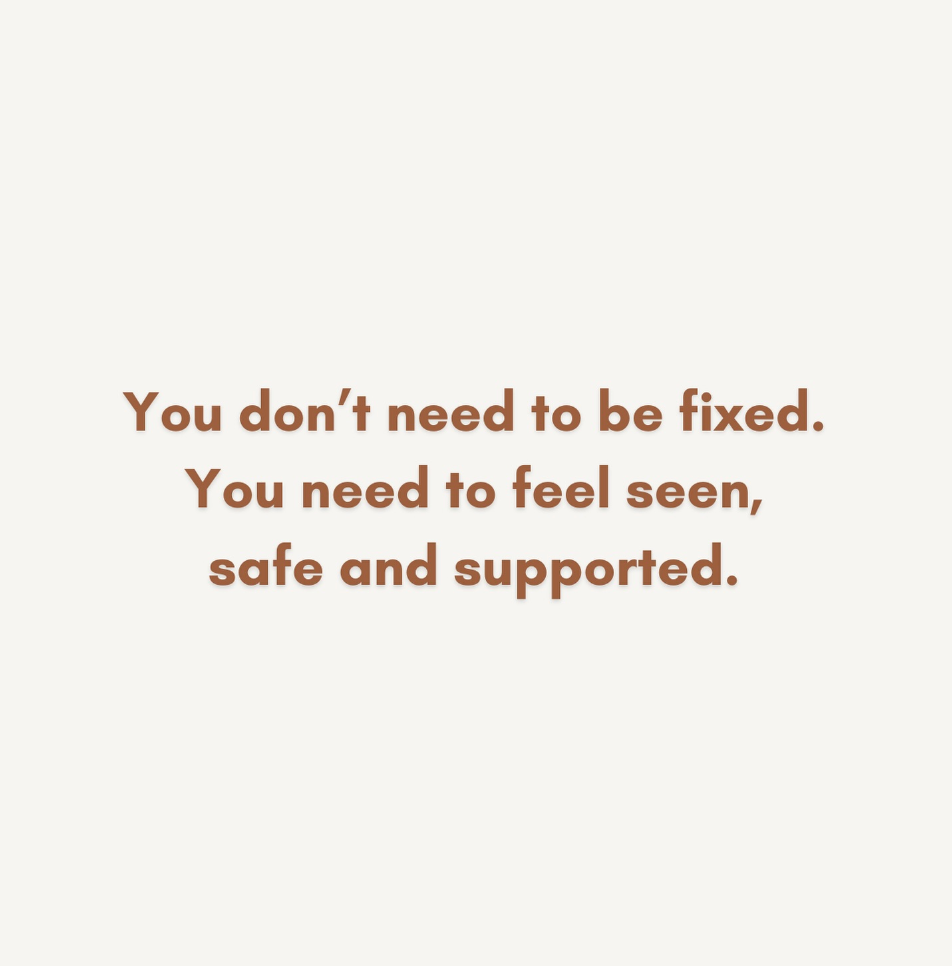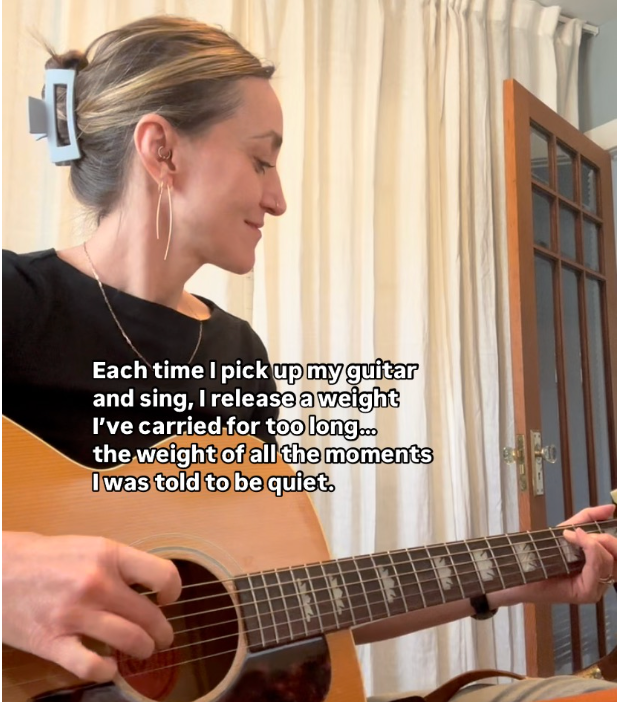
8 Ways to Embrace Your Voice & Cultivate Your Authentic Self-Expression (pt 2/2)
Part one of this blog dives deep into the ways you can create safety & self-awareness so that your authentic voice can be honoured & given space to emerge.
Part 2 creates a pathway to dig a little deeper...to uncover, remember, & reclaim those voices that have perhaps been hidden, forgotten, or discarded as 'bad.'
The power & dexterity of voice comes when you are able to stand in yourself & at the same time traverse the layers of your expression from the primal to the wild, to the innocent. The key point is to 'stand in yourself' - to embody your experience, see it with discernment, & engage with choice.
Here are a few ways to do just that.
5. Honour Your Primal Impulses.
The disconnection between what we feel and what we think lies at the root of so many of our challenges in communication. Many of us have learned to disconnect or even repress our animalistic drives like play, pleasure, fight, or flight. This disconnection creates internal tension because the experience of our bodies & the thoughts in our minds simply doesn't line up. If however, we can truly honour & acknowledge the experience in our bodies, without repression or suppression, there's a possibility for greater coherence & thus more authentic communication.
The animal of our body has so much to teach us about our boundaries, the felt truth of our experience, & the roots of our survival. These impulses are not to be muted but to be experienced & understood. When you take time to know your primal impulses & forge a healthy relationship with them it brings a new sense of aliveness & power into your voice & expression.
Explore how primal impulses feel in your body & sound in your voice.
- Pay attention to pleasure. Bask in the sweetness of a strawberry, the touch of a lover, or the comfort of a warm bed. Notice the sounds that want to emerge & let them.
- Pay attention to play. Give room for silliness and imperfection & see what expression or explorations want to emerge.
- Pay attention to fight. Notice when you get your back up or feel frustrated or angry. Explore the feeling in your body and your voice. Notice the sounds & movements that want to occur…what happens when you slow them down & really connect to them?
- Pay attention to escape. Notice when you want to get away from something, internal or external. Feel what it is to say no or take space for yourself. Notice the sensations that occur when you put your hands up as though creating a barrier & any sounds that want to emerge.
6. Intentional (felt) Expression
Tuning into primal impulses allows us to connect to the basics of our nature. Intentional expression asks us to do this while also utilizing the discernment of our minds. Resonance arrives when our body & mind sync in coherence.
Before a big or important conversation (or any important self-expression), pause and connect to why you're doing it. Dig deep. Get to the humanity of it. Feel it in your body.
For example;
Why is this conversation important? - Because I want them to hear me.
Why is that important? Because I want them to understand me.
Why is that important? Because we live together & I care about them so it's important.
Why? Because it's important that we listen to and respect each other as humans.
Ding! When you land on your deep human reason feel it it your body. Notice at this point it is no longer just about you, but about a bigger human truth... a truth that will likely resonate for most people.
If you enter the conversation with a felt connection to mutual respect I promise that you will communicate more effectively than if you have the attention - 'because they should hear me.'
Why? Because mutual respect will allow you to speak clearer AND listen better & that's a huge piece of authentic interaction.
Remember the key is to feel the truth in your body, not just conjure it in your mind. When you feel into your deepest intention & belief you access the strength that lives there.
7. Explore Your Archetypes.
Almost every adult has found well-worn grooves in how they communicate, usually in relation to a role or archetype that exemplifies them or their personality (e.g. mother, friend, artist, performer, innocent). Yet, there is a city of voices that lives inside every one of us. Some of these we may see as good, others as bad, & other's still as inaccessible.
Realistically, every voice within us carries a gift & a shadow. When we explore these voices we step into revelations of who we are, reclaim what we have forgotten, & forge connections to the pieces of ourselves that we once turned away. This in turn increases the dynamic resonance of our voice.
Consider these archetypes...
Innocent
Performer
Rebel
- When you speak in this voice what does it say?
- How does it feel in your body?
- Is there resistance to this voice? Why or why not?
Pay attention to the answers of these questions - not just with your mind but with your body. Hear the way you sound. Feel your connection to or resistance from the archetypal voice. Allow your judgements to arise... not to be believed but to be examined. If you are willing to explore, patient, & open to learning...I bet you will discover insights about your expression that you never knew existed.
8. Intuitively & Creatively Express Yourself.
A mentor of mine once said to me, ”Amy, take your creativity for granted. Sure… It is sacred but it’s also always there.”
When it comes to intuition we often get stuck thinking what we create needs to be good or pretty. This perfectionism can stop creativity and intuitive expression in its tracks.
Intuition begins in play. In the allowance to explore what wants to emerge, be it art, music, poetry, or sharing your passions in your work. Let it be messy. Let it be weird. Let it be… whatever it is. You might support this play with music or things that inspire you…but what’s most important is to welcome whatever is expressed. You can refine it later.
Try it...
- Pick a topic that interests you.
- Pick a form of expression (e.g. story, song, free write, a difficult conversation you need to have)
- Connect to inspiration (e.g. play music, look at beautiful images)
- Then begin to create with one simple rule... whatever arises is allowed to be explored.
When you play in this way you build the ‘muscle’ of intuitive expression. Eventually, this voice will find a style & frequency that is uniquely your own.
If you want to change the relationship to your voice & step more fully into your authentic communication book a free consultation & let's see if personal coaching is right for you!

About the Author
Amy Thiessen is an international teacher, coach, & musician who focuses on helping individuals connect to their confidence, purpose, & self esteem through voice & communication. Offering a holistic approach Amy helps individuals uncover & overcome their unique blocks around voice & communication, connect to their self esteem & purpose, & ultimately express themselves in a way that is empowered & impactful.
Check out Amy's Co-Author Profile and Featured Articles on wikiHow
.webp)
What is Your Communication Style?
Understand the habits and reactions that shape how you communicate with others. Gain meaningful insight into your style so you can express yourself with more clarity and ease.
Take the Free Communication Quiz








